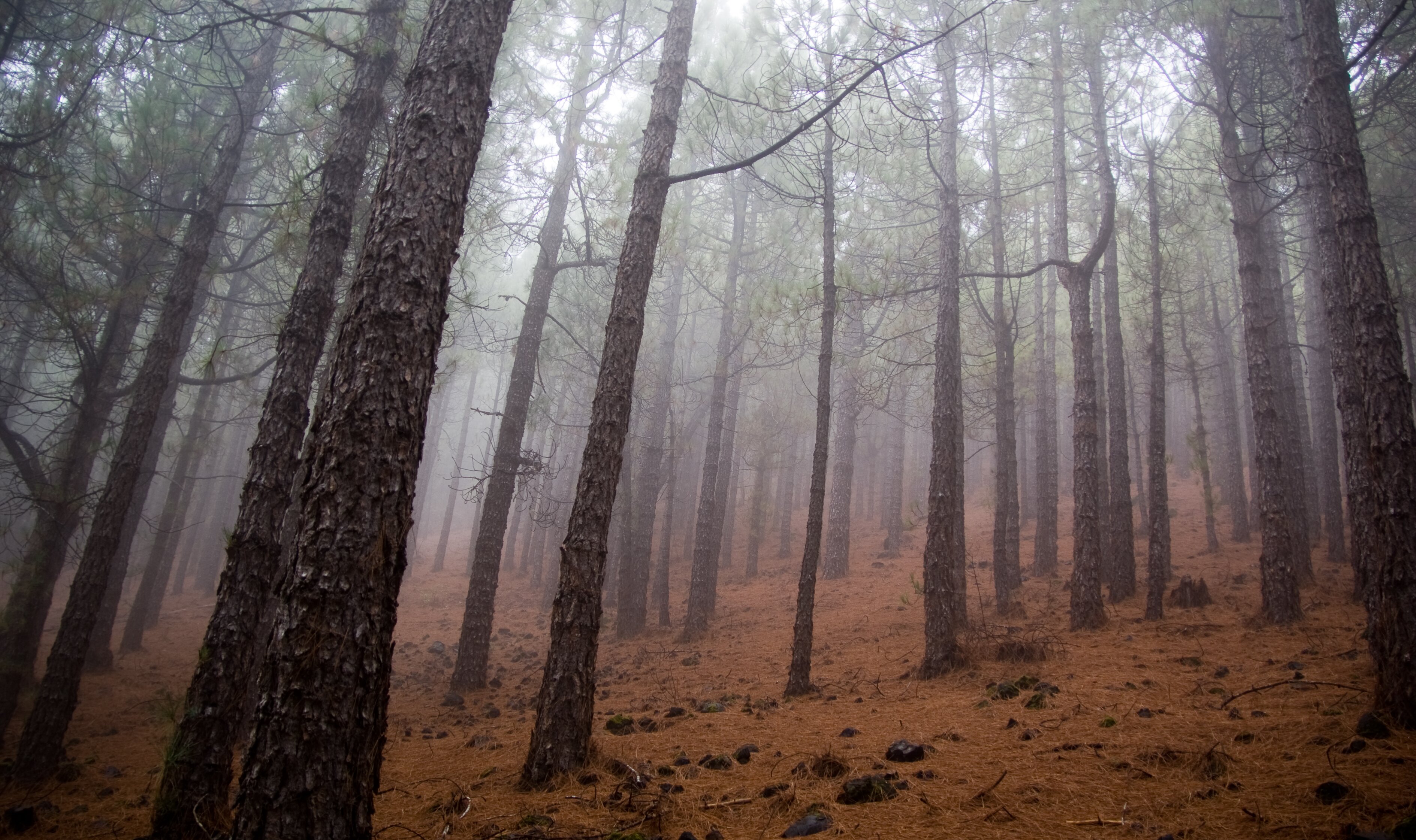
Darryl Herron
University of Pretoria
Alongside many highways and roadways in South Africa, pine trees stand like soldiers in formation. In their emerald green jackets and straight-pressed brown trousers, they appear strategically positioned across the land. But many of them have been wounded, the result of an ongoing biological war between plants and pathogens. Large gaping ulcers bleed resin down their trunks; they are the latest victims of the pitch canker fungus.
This fungus has cost South Africa millions of Rands and is one of the most serious threats to pine forestry and the timber industry in the country. Approximately 1.2Mha of land, an area slightly larger than Qatar, is available for forestry in South Africa, and over half is planted to pine. The entire forestry sector contributes approximately 1% to our gross domestic product and employs around 170,000 people. The fungus threatens those jobs and revenue as it is present in almost all commercial pine propagating nurseries and is slowly moving through the commercial pine growing provinces of South Africa.
This pathogen clogs up the vascular tissue of a tree, just as too much cholesterol would block up your arteries. But it doesn’t always cause disease: infections can be asymptomatic, only showing symptoms of disease a few days to a few years after planting. This allows the fungus to move in behind enemy lines, deep into pine growing areas. When symptoms do appear, it is quite obvious: the tree develops massive resinous cankers on its trunk.
After the discovery of the disease in 1946 and the pathogen in 1986 in the United States, it invaded many countries in South America, Europe, Asia and Africa. Since 1990, the fungus has made its home here in many of South Africa’s pine propagating nurseries, with its first detection in a mature pine stand in 2007.
But since its discovery 70 years ago, we are still nowhere near effectively controlling the spread of this tree-killing organism. The pitch canker fungus has evolved over millions of years to successfully infect and spread from tree to tree. Part of its disease-causing arsenal includes its ability to produce millions of tiny spores – about three times the size of a red blood cell – each capable of causing infection on an unsuspecting pine seedling or mature tree. These spores are easily carried by the wind or in water droplets and can even hitch a ride on certain insects, fuelling future outbreaks. These spores act like sleeper cells lying in the soil for up to a year, waiting patiently for the opportunity to infect.
But the pine tree is not its only target.
The pitch canker fungus can also infect other plants, including grasses. These plants don’t show any symptoms and are known as reservoir hosts. The grasses offer protection and cover to the fungus, much like they would to a human army, and it lies in wait to ambush its next target. The fungus grows inside the grass, between the grass host cells, and does not invade its host tissue. In 2011, researchers at the University of California, Davis first described this alliance between the pitch canker fungus and two different species of grass.
In South Africa, more than 400 different grass species blanket our land, some exotic and others native. This is only a fraction of the nearly 11,500 species known worldwide. A 2014 paper, published by researchers at the University of California, Davis and the University of Pretoria found the pitch canker fungus on four different species of grass growing under infected pine trees in Tokai in the Western Cape. These grasses were different to those sampled in the United States. This means that there are more grasses out there — in other countries where the fungus is decimating pine plantations — that could harbour this deadly fungus.
Following the discovery of the grass reservoirs in Tokai, a project was set up in 2014 to scour the grasslands surrounding besieged nurseries and plantations in Limpopo, Mpumalanga, Eastern Cape and Western Cape. Eighteen months and four provinces later, researchers had collected over 600 samples. Only five different grass species from a single block in Limpopo harboured the pitch canker pathogen. However, these grasses were different from the four species in the Western Cape and the two in the United States.
Based on the evidence collected so far, it seems that the pine killing fungus can colonise many different grasses – meaning that there is huge potential for grasses in South Africa and the world to play host to this pathogen. This has important implications for its quarantine and management: while authorities focus on the trees, the grasses underneath them could offer the fungus an escape route into other areas and, if moved through human activities, possibly even into other countries.
Researchers at the University of Pretoria are now looking at growing the pitch canker fungus on grass species that are not associated with forests to determine whether it can move over larger areas between pine forests and onto other crops like maize (also a grass), which may be exported.
There is a great deal of uncertainty about the pitch canker pathogen’s battle plans in the grasses; how fast it can move from the roots to the leaves and flowers; and where on the grass it produces its spores. Providing answers to these questions will help tailor future management and quarantine strategies to reduce further losses in the pine ranks during this ongoing biological war between plants and pathogens.

Wonderful piece Darryl! Well Done!